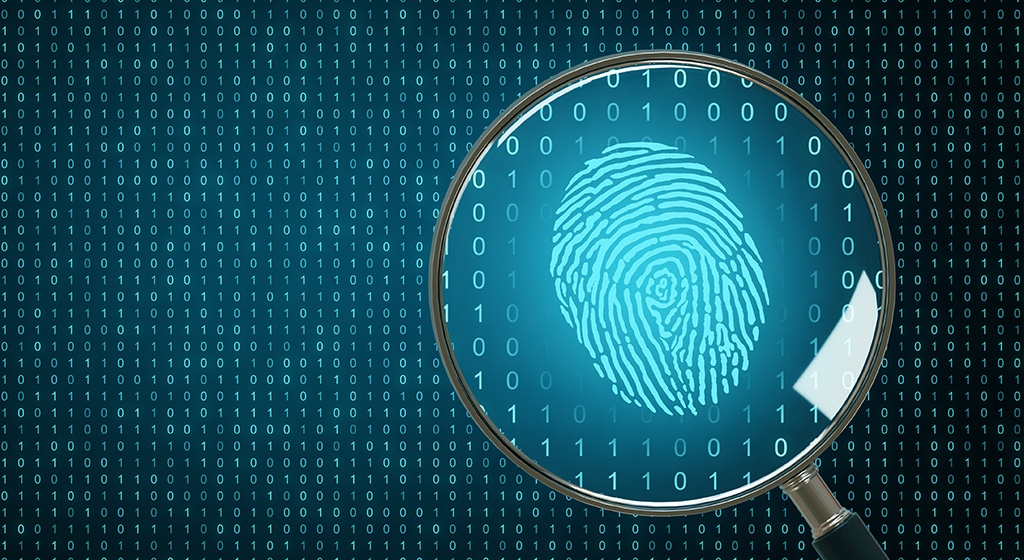
In the ever-evolving landscape of cybersecurity, the role of a defender has become more challenging than ever before. Cyber adversaries continuously refine their tactics, techniques, and procedures, making it essential for organizations to adopt proactive security measures. One such proactive approach is cyber threat hunting, an art and science that focuses on actively seeking out threats within an organization’s environment. In this article, we will explore the world of cyber threat hunting, its significance, methodologies, and how organizations can master this crucial practice.
Cyber threats have grown in sophistication, scale, and frequency. From nation-state actors to financially motivated cybercriminals, attackers are relentless in their pursuit of exploiting vulnerabilities and stealing sensitive data. Traditional cybersecurity measures, while important, are often reactive in nature, responding to known threats. Cyber threat hunting takes a different approach; it actively seeks out signs of malicious activity, even when those signs are subtle or previously unknown.
What Is Cyber Threat Hunting?
- Cyber threat hunting is the proactive process of searching for signs of malicious activity within an organization’s network or endpoints.
- It involves a systematic, hypothesis-driven approach to identifying threats that may have evaded traditional security measures.
A cyber threat hunter plays a pivotal role in enhancing an organization’s security posture:
1. Proactive Detection:
Threat hunters actively search for indicators of compromise (IoCs) or unusual behavior within an organization’s network.
2. Early Threat Identification:
They aim to identify threats in their early stages, before they can cause significant damage.
3. Investigative Analysis:
Threat hunters perform in-depth analysis to determine the scope and severity of a detected threat.
4. Incident Response:
In the event of a confirmed threat, they may participate in the incident response process to mitigate the threat.
5. Continuous Improvement:
Threat hunters provide valuable feedback to improve existing security measures and protocols.
Cyber threat hunting involves a combination of methodologies and techniques:
1. Hypothesis-Driven:
Threat hunters develop hypotheses about potential threats based on intelligence, behaviors, or known attack patterns.
2. Behavioral Analysis:
Analyzing network and endpoint behaviors to detect anomalies that may indicate a compromise.
3. Threat Intelligence:
Leveraging threat intelligence feeds to stay informed about emerging threats and attacker tactics.
4. Signatureless Detection:
Using signatureless detection methods to identify threats that do not have known signatures.
5. Endpoint Analysis:
Investigating endpoints for signs of malicious activity, such as unusual processes or file modifications.
6. Network Traffic Analysis:
Monitoring network traffic to detect unauthorized or suspicious communication.
Cyber threat hunting offers several advantages for organizations:
1. Early Detection:
Identifying threats in their early stages can prevent data breaches and minimize damage.
2. Threat Prevention:
Proactive detection helps organizations prevent successful cyberattacks.
3. Rapid Response:
Quick identification allows for swift incident response and containment.
4. Continuous Improvement:
The insights gained from threat hunting can inform security enhancements and proactive measures.
5. Reduced Dwell Time:
Threat hunting can reduce the time that threats go undetected in an organization’s environment.
Organizations looking to master the art of cyber threat hunting should consider the following steps:
1. Skill Development:
Invest in training and development for threat hunters to ensure they possess the necessary skills and expertise.
2. Tools and Technologies:
Equip threat hunters with the right tools and technologies, including threat intelligence feeds and advanced analytics platforms.
3. Threat Intelligence:
Stay updated with the latest threat intelligence to inform hunting strategies.
4. Collaboration:
Foster collaboration between threat hunters, incident response teams, and other cybersecurity personnel.
5. Continuous Learning:
Encourage a culture of continuous learning and improvement within the cybersecurity team.
In an era where cyber threats are a constant and evolving menace, mastering the art of cyber threat hunting is essential for organizations seeking to protect their digital assets. Cyber threat hunters, armed with skills, methodologies, and a proactive mindset, play a critical role in identifying and mitigating threats before they cause harm. By embracing cyber threat hunting as a core cybersecurity practice, organizations can enhance their resilience and readiness in the face of an ever-changing threat landscape, ultimately safeguarding their data, reputation, and future.



